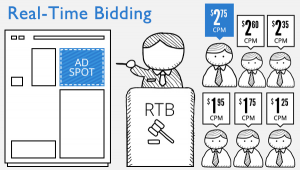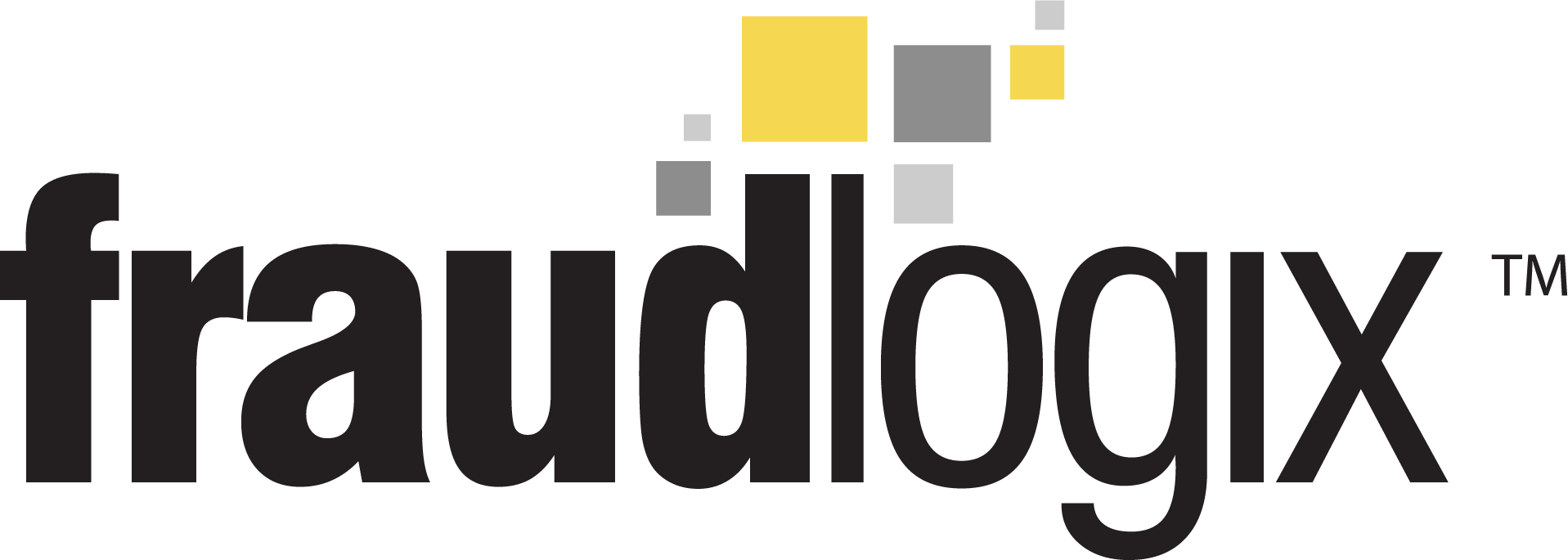 Real-time bidding might be pretty challenging to understand for the young advertisers looking to pursue a career in programmatic advertising. Since this “job of the future” requires software to buy ads, there are a lot of “technicalities” to be studied here. Real-time bidding is one of them.
Real-time bidding might be pretty challenging to understand for the young advertisers looking to pursue a career in programmatic advertising. Since this “job of the future” requires software to buy ads, there are a lot of “technicalities” to be studied here. Real-time bidding is one of them.
Real-Time bidding deals with lots of SSPs and DSPs, ad inventory, auction, buying and selling, ad exchange, and we will go through all of these in the paragraphs below.
Real-time bidding in the big picture context
Real-time bidding’s share of advertising is now three times bigger than it used to be three years ago, as stated by Statista, concerning countries such as the UK, China, and the US. Predictions are even wilder than this, with $29 billion anticipated for 2025. So, yes, real-time bidding is a big deal happening right now in advertising.
Programmatic advertising does not require agencies, media companies, clients, or publishers to participate in tough negotiations over media buying prices. In programmatic advertising, everything is done by a computer using an algorithm to buy and sell media quickly and efficiently. The algorithm is continually learning, and a cloud-software platform records the transactions, saving agencies and publishers a lot of time, helps eliminate human errors and cuts down on the required paperwork. So, where does real-time bidding come in this whole picture? Wait ’till we get there.
Real-time bidding is one part of this whole programmatic process, and we’re going to get more in-depth with that.
Trying a real-time bidding definition
Is there an “official” definition of real-time bidding? Not quite, but we’ll try to put it as simple as possible. Real-time bidding means online purchasing of ads aided by a real-time bidding auction. Did it get even more clouded? Let’s imagine this:
- The end-user opens a browser.
- He gets on a targeted website.
- An ad banner is about to take center stage on the web page the user clicked to open.
- In the approximately 100 milliseconds for the page to load, a live online auction happens between different advertisers wishing to serve their ad banner to the client.
- The one advertiser who offers the highest bid wins
Real-time bidding is an interconnected ecosystem bringing together all the parts involved in the buying and distributing ads. Now, let’s break real-time bidding into pieces and see how these parts get “the machine” to work.
DSP is how advertisers and marketers “get in the game”
If you are an advertiser or marketer who wants to start with real-time bidding, you’ll have to join a Demand-Side Platform (DSP). A DSP is a platform that makes the whole process of ad inventory buying and managing a larger advertising exchange platform simpler and more manageable. Through a DSP, you can set up real-time bidding ad campaigns and change the prices of impressions. All of these come in exchange for a small fee you’ll have to pay to the DSP software provider.
How does an advertiser manage real-time bidding using a DSP?
So, you’re an advertiser who makes the wise decision of using a DSP for better optimizing the ad campaigns. Here’s what a DSP enables you to do, on a more specific level:
- Create targeting profiles.
- Choose the targeted audience you want to reach.
- Set a budget framework.
- Connect to other major DSPs.
- Prioritize the publisher websites best fit for your specific campaign.
- Blocklist detailed ad inventories.
- Set a budget limit spend per day.
- Set up KPIs.
- Create custom parameters.
On the publishers’ side, there’s the SSP
Now let’s pass on the publishers’ side of the programmatic advertising world. The correspondent of the DSP here is the supply-side platform (SSP), which manages the digital advertising inventory and connects it to the whole real-time bidding process.
The SSP sends a message to the ad exchange whenever a user enters a publisher’s page. We could imagine the statement reads: “Hello there! A person’s about to enter my page. Are you interested in displaying an ad here? How much are you paying for it?”
More technically, the SSP sends a bid request written in code. Embedded in this code is information on the user entering the page and the minimum price the publisher would receive for the advertisement.
Now, the bid travels to the ad exchange, where all the DSPs we discussed above start to process it. If the bid matches all the target, budget, and other KPIs set by the advertiser in the DSP, the DSP will bid on that specific ad by sending a message through an RTB protocol. The message would read: “Hello there! It looks like your target and budget matches mine, so I’d like to offer you this price for displaying this ad banner on your page. What do you say?”. Together with the bid sent by the DSP, there are also creative specifics of the ad and correspondent parameters. All embedded in the code.
The SSP collects all the DSP bids, analyzes them, and chooses the highest bid. So, the whole process seems quite efficient and straightforward if you think about it. All of what we were telling you above happens in milliseconds and with the precision of a Swedish watch. If all of this sounds nice but a little far-fetched for you, let’s now discuss the specific benefits you get from RTB in marketing.
10 Benefits RTB could bring to your marketing strategy
- It works with any ad campaign, no matter the size or budget. Not all the most prominent media buyers use RTB. Statistics show that there are a lot of local business owners using RTB with only a $100 ad budget.
- Great exposure to a broad range of publishers, cutting down on the research time. Getting access to a large variety of digital publishers, apps, blogs, websites, and their target audiences will cut down on the research time and enable advertisers to have a broader overview of the local and worldwide platforms available, their audiences, and ad prices.
- Impressions for better prices. RTB allows for greater optimization of advertising budgets and campaign objectives. As an advertiser, you can set the ad impression objective, as well as the budget available for it, and be sure that you’ll find the right platforms to spend it on to meet your desired result.
- Buying the right niche audience. The RTB system analyzes the first and third-party data from the publishers’ platforms and matches advertisers’ desired audience with the right niche audience.
- Reaching the desired relevant public. Marketers find it easier to deliver their messages to the relevant public. Data like age, studies, marital status, gender, interests, locations, finance are all delivered through the RTB system to the marketers.
- Every ad impression is for real. RTB makes advertising a lot more precise, delivering messages to the people who are really interested in them and most likely to click, subscribe or purchase the specific products or services. There’s no place for wasted ad impressions.
- One impression at a time. This might be the key feature of RTB. Marketers actually buy one impression at a time, a closely-analyzed impression according to the parameters set by the advertiser. If advertising used to be a lottery in the past, now it’s precise math.
- Constant optimization. As an advertiser, you can constantly optimize your keywords to find the perfect for your campaign goals and thus minimize any expenditures.
- Real-time data during running campaigns. Marketers can analyze different parameters to ascertain which creative approaches work best, which websites deliver the most engagement, etc. If you’re a marketer, this enables you to tinker with your campaign until you reach the optimal setting.
- Real-time bidding on multiple campaigns at the same time. There’s no interference in running two or more campaigns simultaneously and bidding on them in real-time.
Real-time bidding is part of the future of online advertising
Real-time bidding is part of the future of advertising, where all the parts involved, from media buyers, brands, and agencies can find their perfect optimizations to work. Apart from cutting down on a lot of paperwork, time, and negotiation energy, RTB has revolutionized the world of online advertising by providing marketers with the only possibility to purchase ad impressions one by one. If you’re an advertiser, this offers you better control over your budgets and marketing campaigns and more concise campaign reports that show precisely what works and what doesn’t.
For more information about securing your real-time bidding campaigns, contact Fraudlogix.



